Here’s a piece I wrote a few years ago, and which I’ve touched up slightly. In the lead up to Easter, I hope you find it informative and thought provoking.
 I really enjoy the “rock opera” Jesus Christ Superstar by Andrew Lloyd Webber and Tim Rice.¹ Despite its somewhat apocryphal take on the events leading up to Jesus’ death, one of the things it tries to do is explore the reasons why Jesus, about whom there was so much excitement, ended up dead on a Roman cross. In the climactic title song, Judas asks of Jesus,
I really enjoy the “rock opera” Jesus Christ Superstar by Andrew Lloyd Webber and Tim Rice.¹ Despite its somewhat apocryphal take on the events leading up to Jesus’ death, one of the things it tries to do is explore the reasons why Jesus, about whom there was so much excitement, ended up dead on a Roman cross. In the climactic title song, Judas asks of Jesus,
Did you mean to die like that — was that a mistake?
Or did you know your messy death would be a record breaker?
There are a numbers of ways we could answer the question “Why did Jesus die?” On the historical level, we can say that Jesus was caught between the crunching gears of apocalyptic messianic expectation, Jewish temple politics, and Roman imperial intrigue. On the theological level, there is so much more to say.
On the Sunday before his death, Jesus entered Jerusalem riding a donkey to the frenzied cheers of his followers. It was a provocative messianic stunt, aimed at fulfilling the image of the returning Davidic King in Zechariah 9.9. And his followers were not blind to its significance. Their cry of ‘Hosanna in the highest!’ was not an exclamation of praise, the way it is often used today. Rather, it was a slogan. ‘Hosanna’ means ‘To the rescue!’ ‘In the highest’ does not refer to people’s praise reaching the highest heaven, but rather an urging of Jesus to reach for the highest echelons of power in his rescue of Israel. Here was the Davidic messiah coming to his royal capital to overthrow the current order, free his people, and establish the new Kingdom of God.

The following day, in a brash act prefiguring the end of the old order, Jesus marched into the temple complex and overturned the tables of the moneychangers and opened the pens holding sacrificial animals for sale. A small riot seems to have ensued. By doing this symbolic act, Jesus was clearly stating that he believed the temple and the authorities that ran it were no longer in favour with God. Time was rapidly running out — the time of judgement and the dawn of a new era were now imminent. Jesus was, in other words, playing the part of an apocalyptic prophet. And by claiming the right to bring the temple down and rebuild it, he was making a clear claim to be the rightful Davidic king of Israel—the son of David who builds the temple and establishes a permanent kingdom (cf. 2 Sam 7:11–13).
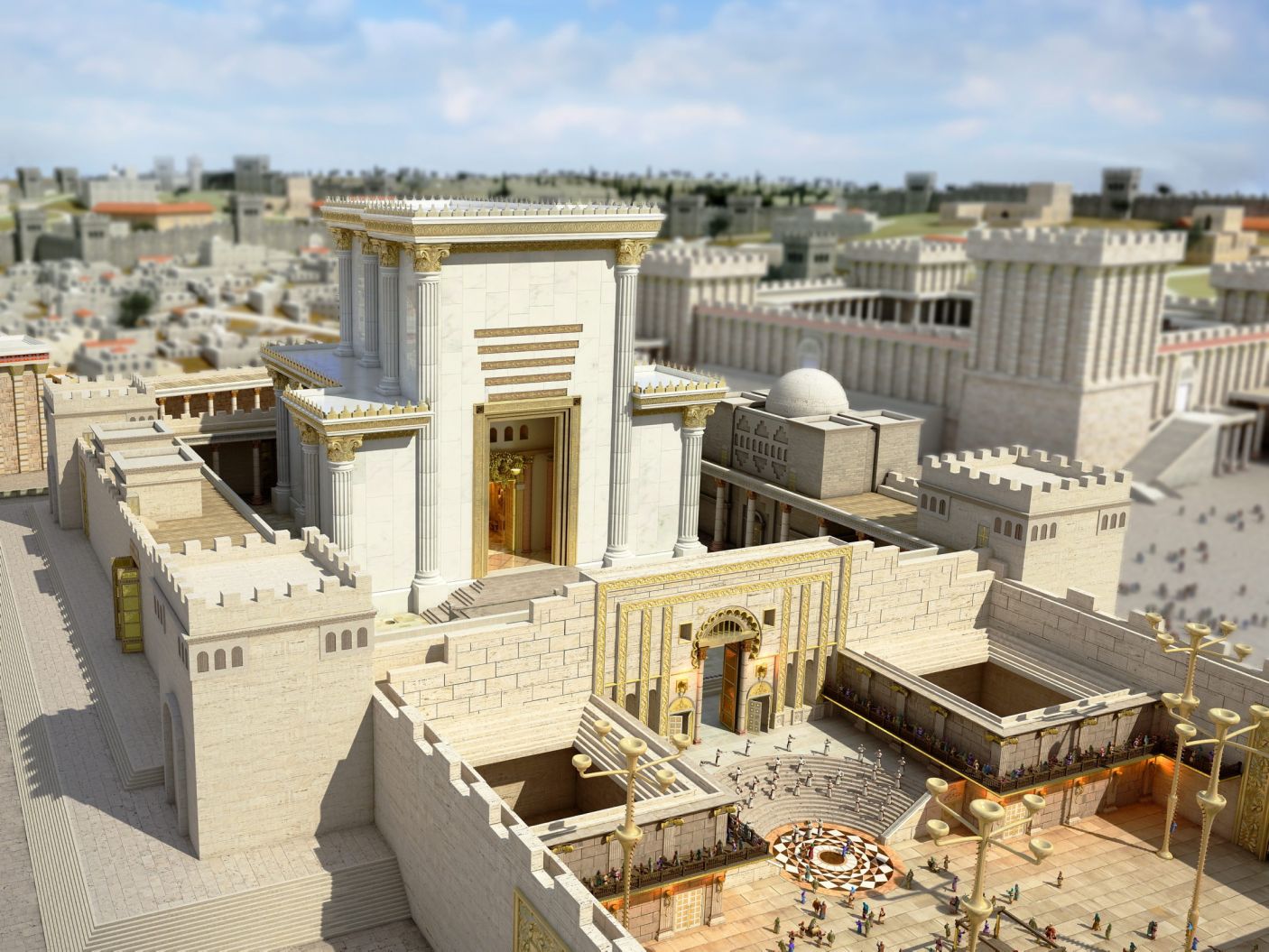
Visualisation of the Jerusalem Temple. Credit: Courtesy of The Western Wall Heritage Foundation
To the Jewish authorities, for whom the temple was their institutional power base at the heart of Jewish identity, Jesus was dangerous. For the remainder of the week, they worked to arrest Jesus. After trying unsuccessfully to discredit him publicly, and fearing the incendiary riot that a public arrest would spark, they managed to arrest him on the sly by bribing Judas Iscariot, a member of Jesus’ inner circle—one of his twelve commissioners (i.e. ‘apostles’) responsible for the dissemination of Jesus’ claims and for gathering people around him. The arrest occurred at night, as Jesus and his other eleven commissioners were trapped in an olive grove in the Kidron Valley, just outside Jerusalem’s walls. Jesus gave himself up to his captors, and successfully pleaded for the release of his followers, who then abandoned him.
Jesus was taken under arrest, questioned and tried overnight. In fact, it was probably an illegal trial, since it was held during the midnight hours within the houses of former High Priest, Annas, and his son-in-law, the incumbent High Priest, Caiaphas. It seems that they tried to pin the charge of treason on Jesus by implicating him for threats against the temple, the institution that stood at the heart of Jewish identity and piety. This would be akin to charging someone today with a plot to blow up the White House. Given events earlier in the week, one would have thought it would be easy to implicate Jesus. However, the Gospels tell us that the witnesses brought forward could not agree, and therefore Jesus could not definitively be found guilty.
However, the High Priest, Caiaphas, used another strategy. He asked Jesus if he was the Son of God. In asking this, Caiaphas was probably not asking Jesus whether he believed he was the second person on the Trinity. Rather, he was asking Jesus whether he believed himself to be the messiah — the son of David who was to sit eternally on the throne of Israel, for the son of David in the Hebrew Bible was also seen as the ‘son of God’ (2 Samuel 7.14). Jesus’ response implied that he did believe this. But even more than this, Jesus appealed to the image of the Son of Man in Daniel 7 — an apocalyptic image of God’s chosen one who would bring about the end of the world order and establish God’s eternal kingdom. In the eyes of the authorities, this was an admission of revolutionary intent. Jesus was found guilty, given a beating, and sentenced to death.
Since the Jewish authorities at this time were unable to exact the death penalty (it had been revoked by Rome a few years earlier), Jesus was hurried off to the Roman Prefect, Pontius Pilate. If they wanted Jesus dead, they would have to ask Pilate to enact the death penalty.
Politically, Pilate was fighting battles on two fronts. On the one hand, Pilate was probably a protégé of Aelius Sejanus, who had been running the Roman Empire for a few years while the emperor, Tiberius Caesar, enjoyed a leisurely lifestyle on the Italian isle of Capri. However, in October, AD 31, Sejanus was executed for conspiracy against the emperor. Anyone connected to him was now also under suspicion. Pilate, therefore, would have had to watch his steps very closely to demonstrate unambiguously that he was loyal to Tiberius Caesar. On the other hand, though, Pilate had to maintain face and an air of authority over those he governed. In the years before Sejanus’ ignominious death, Pilate had thrown his weight around in various displays of power. Amongst those he needed to keep in check were the Jewish temple authorities. One of the ways he had managed to do so was to plunder the temple’s treasury for public works, and to keep the High Priest’s ceremonial garments under lock and key in the Antonia Fortress. These measures were belittling to the Jewish temple authorities and told them in no uncertain terms who was boss.
So, on the morning of Friday, April 3rd, AD 33, the Jewish authorities brought Jesus to Pilate to seek the death penalty for him. Normally, it would appear that the Jewish authorities were in the position of grovelling subordinates, and thus for Pilate to agree to the death penalty would simply be a show of his own authority. However, Pilate also had to contend for his own reputation now that he was in the spotlight after Sejanus’ death. He could not afford to show any weakness before those he governed, and acquiescing to their request could now be interpreted as just such a weakness. And yet, he could not be seen to be letting a potential revolutionary go free either. That would endanger his standing with the emperor. Accordingly, Pilate attempted to hand the decision over to someone else — to Herod Antipas, tetrarch of Galilee and Perea, who was in Jerusalem at the time. However, the move backfired. Jesus was returned to Pilate, who now had to make a decision. Not wishing to imply that he was vulnerable or susceptible to weakness, Pilate himself questioned Jesus, flogged him in a display of Rome’s discipline, and was then on the verge of releasing him. Pilate seems to have been convinced that Jesus was harmless. Jesus had been separated from his followers, was unarmed, and did not really hold any human power. By thus overriding the request of the Jewish leaders for the death penalty, Pilate was stamping his authority over them.
However, Caiaphas and his comrades were not stupid. They now held the trump card. John’s Gospel tells us that the Jewish authorities said to Pilate, “If you release this man, you are not Caesar’s friend” (19.12). They were implying that if he were to release Jesus, Pilate would be letting an insurrectionist go free to destabilise one of the imperial provinces that Tiberius governed directly (as opposed to consular provinces, which were governed via the Roman Senate). This would implicate Pilate as a traitor to the emperor. To put it another way, the Jewish authorities were asking Pilate, “Whose skin do you want to save: this nuisance from Nazareth’s, or your own?”
Checkmate!

Pilate summarily ordered the execution of Jesus. He was led outside the city walls of Jerusalem with two other condemned criminals, stripped naked, and barbarically nailed to a cross where he was left to die a searingly painful death. The charge against him? Jesus of Nazareth: King of the Jews.
On the surface of things, it seems that Jesus was in the wrong place at the wrong time — a victim of circumstance, crushed by political machinations that were far bigger than he could humanly control. Some have pointed to the apocalyptic outlook that Jesus had, in wanting to draw the old order to a close and establish a new order, concluding that it was idealistic, unreal, and fraught with danger — that his beliefs and motivations just got him in too deep. Indeed, one can understand why most of his followers abandoned him and became so disillusioned by his death. He was an apparent failure. All the expectation surrounding him had come to nought, and like so many others before him, he fell foul of theauthorities and lost his life because of it.
But history also tells us something else. It tell us that not long after these events, Jesus’ followers—his eleven remaining ‘commissioners’ and other hangers-on—reassembled and began boldly proclaiming that on the Sunday after his death Jesus had emerged from his tomb alive again. And despite attempts to silence them by the very same authorities who had arrested Jesus and ensured his execution, they continued to proclaim the resurrection of their master. He had not been a failure. He had been a fulfiller. He had indeed brought the old era to an end and inaugurated a new one, but had done so in a way that no one had anticipated: through his death. The Acts of the Apostles tell us that on one occasion, after being reprimanded by the Jewish authorities, Jesus’ followers prayed to God affirming, “In this city, both Herod and Pontius Pilate, along with the Gentiles and the people of Israel, conspired against your holy servant, Jesus, whom you anointed, doing what your hand and your plan had predestined to take place” (Acts 4.27–28). This had been no accident of history. In fact, this was what God had been mobilising all of history towards: the death and resurrection of Jesus. It was a moment of supreme fulfilment. This was the central moment of human history that held significance for every man, woman, and child who has ever lived or ever will live. The final bell on the old order, characterised by sin, death, hate, hostility, and human failure, had sounded. The new era of forgiveness, life, love, peace, and reconciliation was now dawning. Jesus had not only met expectations, he far exceeded them.
So why did Jesus die? There are so many things we could say to unpack the significance of Jesus’ death and his resurrection. The Apostle Paul puts it succinctly well, though, in Romans 4.25: “He was handed over for our transgressions, and raised for the sake of our justification.” And our response? Paul again captures it well in Galatians 2.20: “The life I now live in the body, I live by faith in the Son of God, who loved me and gave himself for me.”

Related: Why the Tearing of the Temple Curtain is a Bad Thing
¹ This is not an endorsement of the ‘theology’ of Jesus Christ Superstar (in fact, I have major problems with some of it). It’s merely an acknowledgement that I enjoy it as a musical and thematic experience, just as someone might really enjoy a movie without endorsing all the action that occurs within it. Appreciation does not necessitate agreement.



 I really enjoy the “rock opera” Jesus Christ Superstar by Andrew Lloyd Webber and Tim Rice.¹ Despite its somewhat apocryphal take on the events leading up to Jesus’ death, one of the things it tries to do is explore the reasons why Jesus, about whom there was so much excitement, ended up dead on a Roman cross. In the climactic title song, Judas asks of Jesus,
I really enjoy the “rock opera” Jesus Christ Superstar by Andrew Lloyd Webber and Tim Rice.¹ Despite its somewhat apocryphal take on the events leading up to Jesus’ death, one of the things it tries to do is explore the reasons why Jesus, about whom there was so much excitement, ended up dead on a Roman cross. In the climactic title song, Judas asks of Jesus,



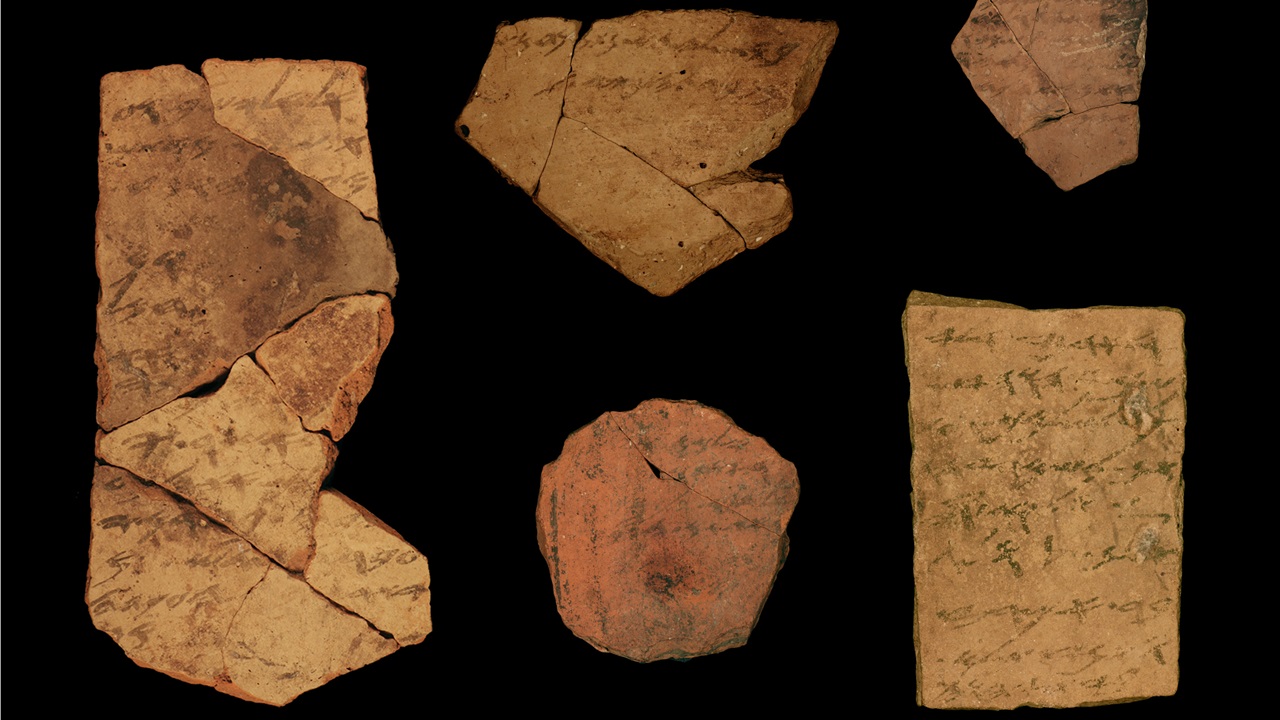
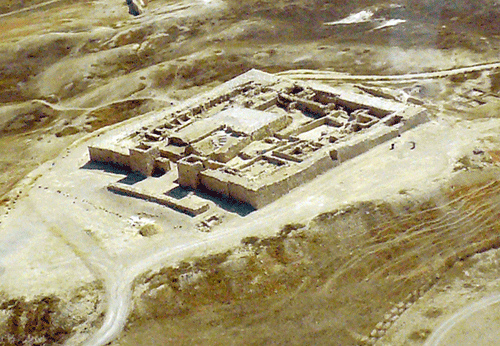
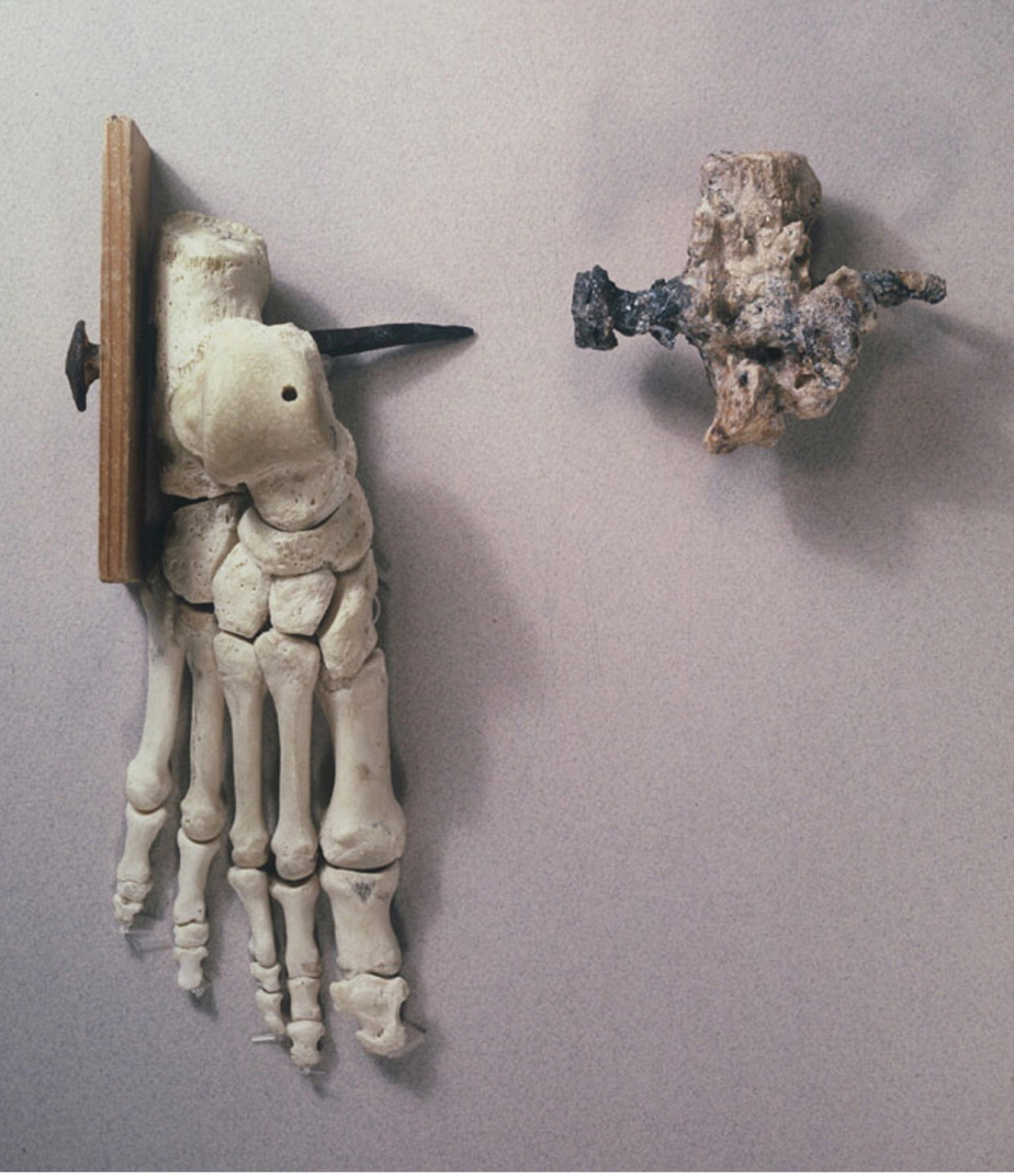
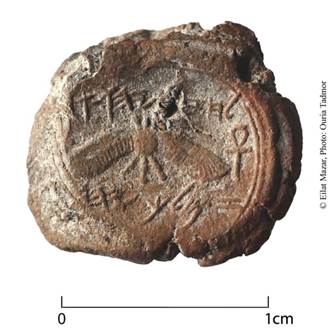
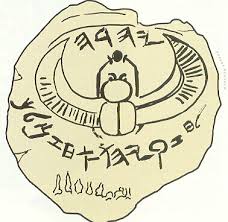
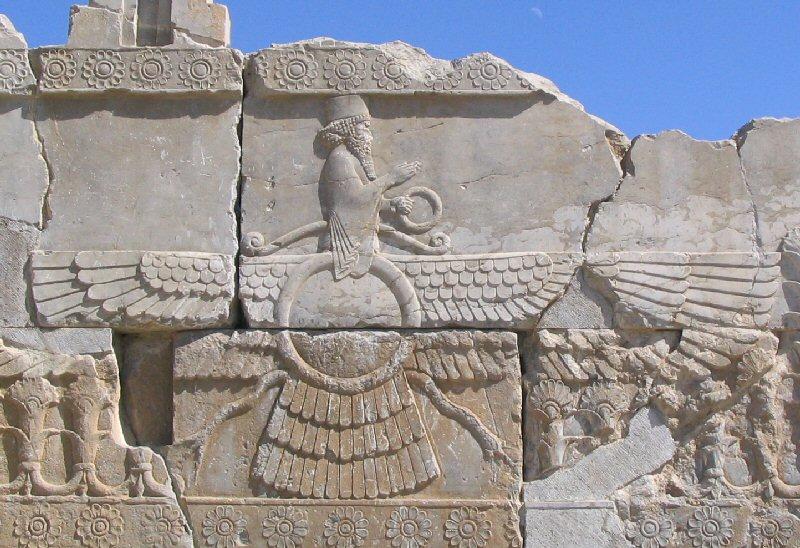
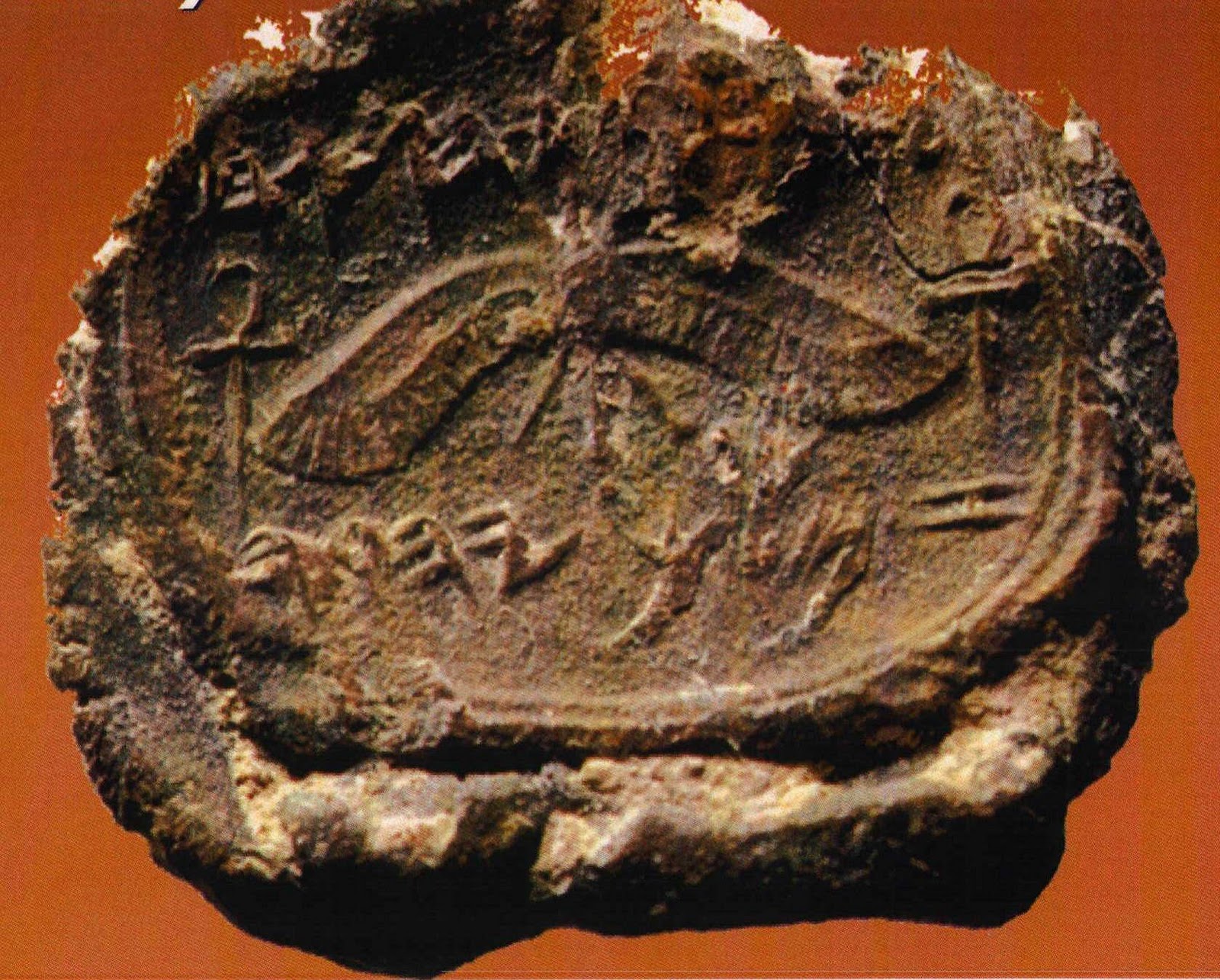




 It seems that forensic analysis has positively identified the remains of Philip II of Macedon, the father of Alexander the Great. While there is no inscriptional or documentary evidence to prove the identification, the forensic analysis suggests the identification is probable. The skeletal remains of the adult male from Tomb I at Vergina bear the same wounds to the knee that Philip is documented to have suffered. This means the other skeletal remains in the same tomb are likely to be those of his wife, Cleopatra Eurydice (not the mother of Alexander the Great), and their infant child.
It seems that forensic analysis has positively identified the remains of Philip II of Macedon, the father of Alexander the Great. While there is no inscriptional or documentary evidence to prove the identification, the forensic analysis suggests the identification is probable. The skeletal remains of the adult male from Tomb I at Vergina bear the same wounds to the knee that Philip is documented to have suffered. This means the other skeletal remains in the same tomb are likely to be those of his wife, Cleopatra Eurydice (not the mother of Alexander the Great), and their infant child.
